Honda ZR-V vs Volvo XC40 - Differences and prices compared
Costs and Efficiency:
Looking at overall running costs, both models reveal some interesting differences in everyday economy.
Volvo XC40 has a barely noticeable advantage in terms of price – it starts at 36800 £, while the Honda ZR-V costs 36800 £. That’s a price difference of around 9 £.
Fuel consumption also shows a difference: Honda ZR-V manages with 5.70 L and is therefore somewhat more efficient than the Volvo XC40 with 6.50 L. The difference is about 0.80 L per 100 km.
Engine and Performance:
Under the bonnet, it becomes clear which model is tuned for sportiness and which one takes the lead when you hit the accelerator.
When it comes to engine power, the Volvo XC40 has a hardly perceptible edge – offering 197 HP compared to 184 HP. That’s roughly 13 HP more horsepower.
In acceleration from 0 to 100 km/h, the Volvo XC40 is barely noticeable quicker – completing the sprint in 7.60 s, while the Honda ZR-V takes 7.80 s. That’s about 0.20 s faster.
In terms of top speed, the Volvo XC40 performs hardly perceptible better – reaching 180 km/h, while the Honda ZR-V tops out at 173 km/h. The difference is around 7 km/h.
There’s also a difference in torque: Honda ZR-V pulls slight stronger with 315 Nm compared to 300 Nm. That’s about 15 Nm difference.
Space and Everyday Use:
Beyond pure performance, interior space and usability matter most in daily life. This is where you see which car is more practical and versatile.
Seats: offers more seating capacity – vs .
In curb weight, Honda ZR-V is slight lighter – 1660 kg compared to 1688 kg. The difference is around 28 kg.
In terms of boot space, the Volvo XC40 offers slightly more room – 452 L compared to 380 L. That’s a difference of about 72 L.
In maximum load capacity, the Volvo XC40 performs slight better – up to 1328 L, which is about 16 L more than the Honda ZR-V.
When it comes to payload, Volvo XC40 slightly takes the win – 532 kg compared to 455 kg. That’s a difference of about 77 kg.
Who comes out on top?
Overall, the Volvo XC40 shows itself to be only a minor advantage and secures the title of DriveDuel Champion.
It convinces with the more balanced overall package and proves to be the more versatile choice for everyday use.
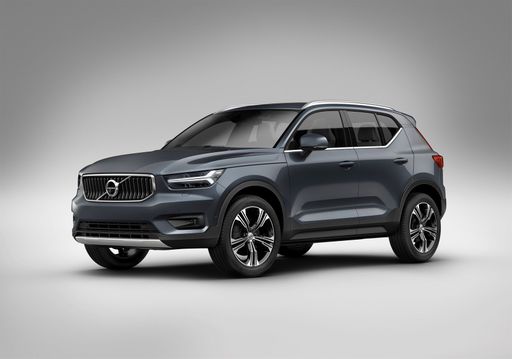 @ Volvo Cars
@ Volvo Cars
Volvo XC40
Costs and Consumption
View detailed analysis
Engine and Performance
View detailed analysis
Dimensions and Body
View detailed analysis
Honda ZR-V
The Honda ZR-V blends smart practicality with sharper styling than you might expect, giving buyers a calm, competent companion for daily life. Inside it's comfortable and cleverly laid out, easy to live with and never trying too hard to be exciting.
details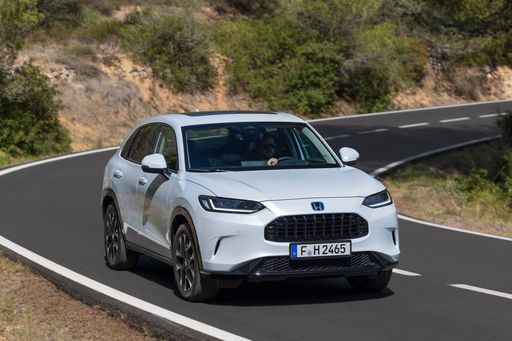 @ Honda Motor Co., Ltd.
@ Honda Motor Co., Ltd.
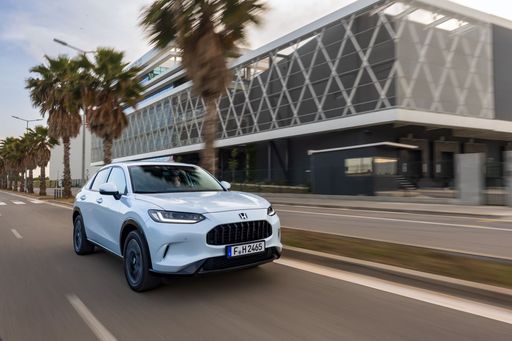 @ Honda Motor Co., Ltd.
@ Honda Motor Co., Ltd.
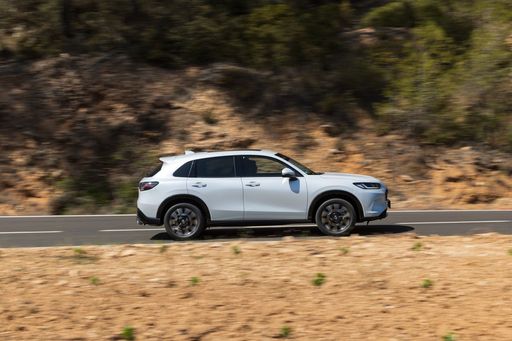 @ Honda Motor Co., Ltd.
@ Honda Motor Co., Ltd.
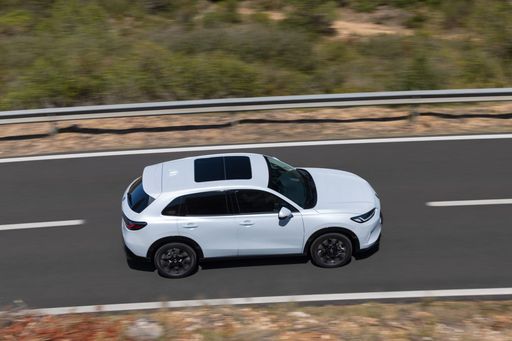 @ Honda Motor Co., Ltd.
@ Honda Motor Co., Ltd.
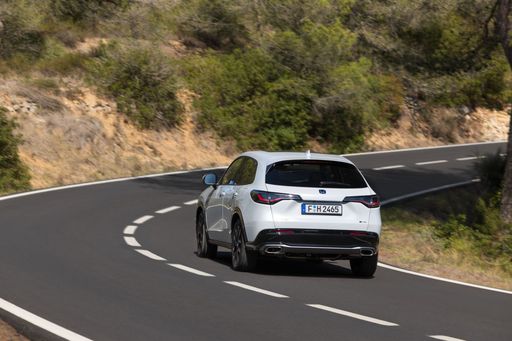 @ Honda Motor Co., Ltd.
@ Honda Motor Co., Ltd.
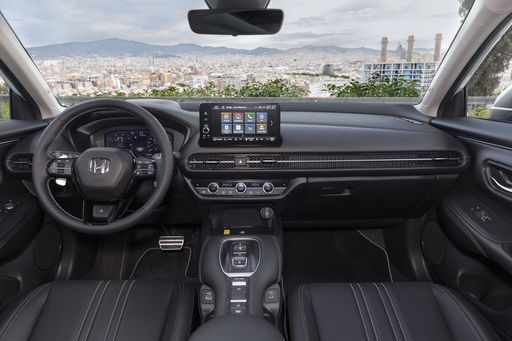 @ Honda Motor Co., Ltd.
@ Honda Motor Co., Ltd.
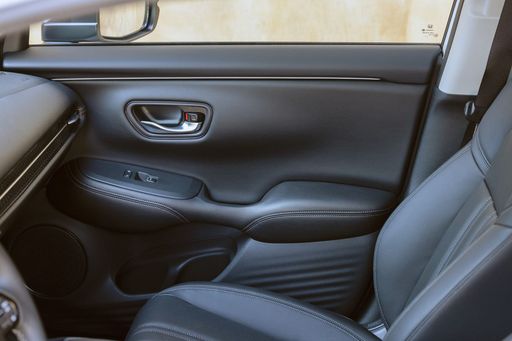 @ Honda Motor Co., Ltd.
@ Honda Motor Co., Ltd.
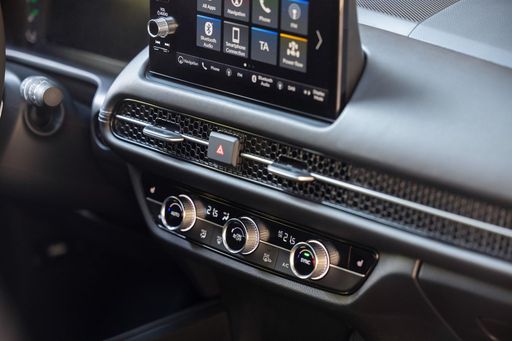 @ Honda Motor Co., Ltd.
@ Honda Motor Co., Ltd.
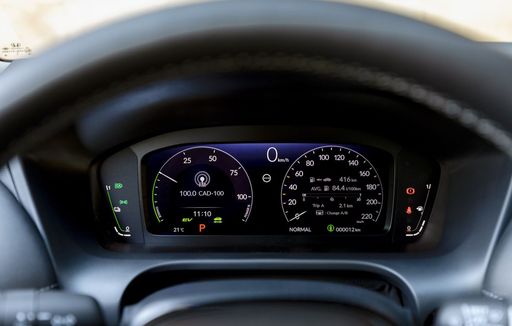 @ Honda Motor Co., Ltd.
@ Honda Motor Co., Ltd.
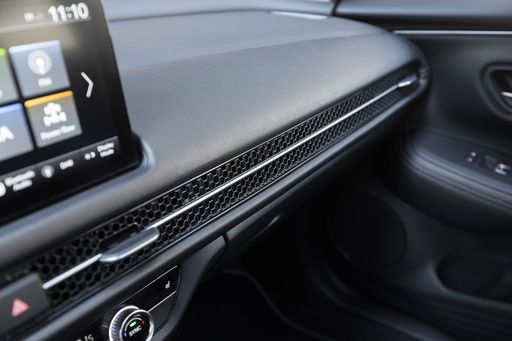 @ Honda Motor Co., Ltd.
@ Honda Motor Co., Ltd.
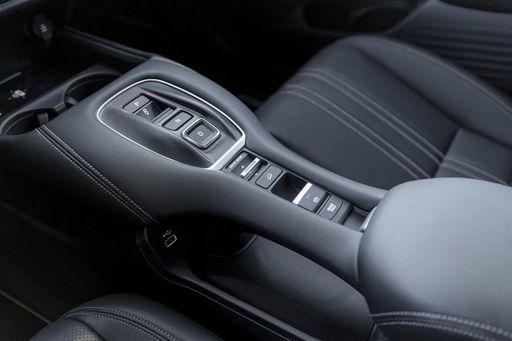 @ Honda Motor Co., Ltd.
@ Honda Motor Co., Ltd.
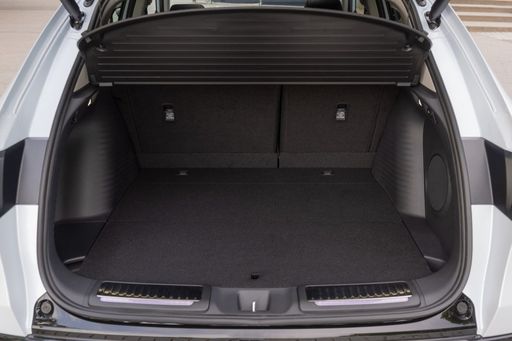 @ Honda Motor Co., Ltd.
@ Honda Motor Co., Ltd.
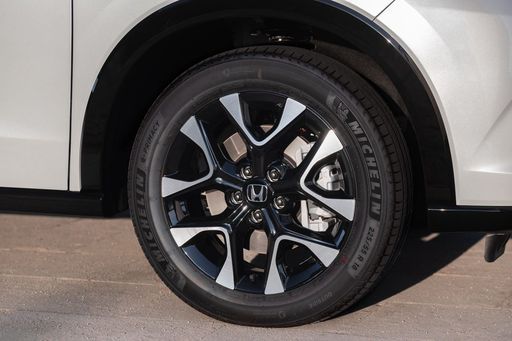 @ Honda Motor Co., Ltd.
@ Honda Motor Co., Ltd.
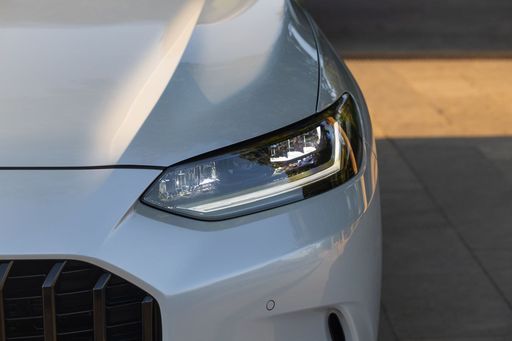 @ Honda Motor Co., Ltd.
@ Honda Motor Co., Ltd.
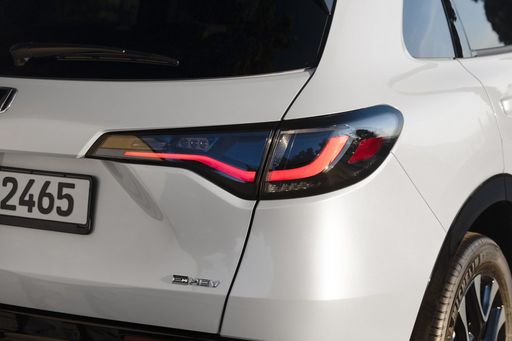 @ Honda Motor Co., Ltd.
@ Honda Motor Co., Ltd.
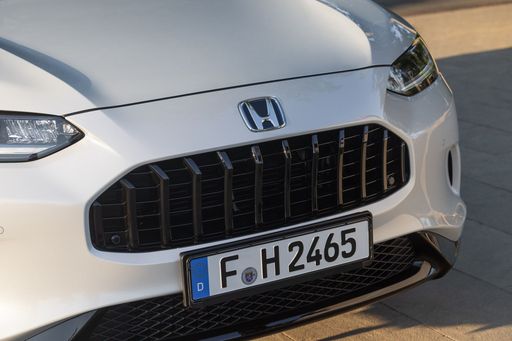 @ Honda Motor Co., Ltd.
@ Honda Motor Co., Ltd.
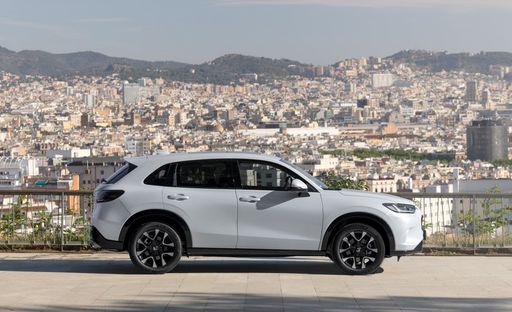 @ Honda Motor Co., Ltd.
@ Honda Motor Co., Ltd.
Volvo XC40
The Volvo XC40 wraps Scandinavian minimalism into a compact, city-ready SUV with a premium cabin that feels both practical and grown-up. It will suit buyers who prize safety, clever storage and a composed ride, proving that small dimensions don't mean small personality.
details @ Volvo Cars
@ Volvo Cars
 @ Volvo Cars
@ Volvo Cars
 @ Volvo Cars
@ Volvo Cars
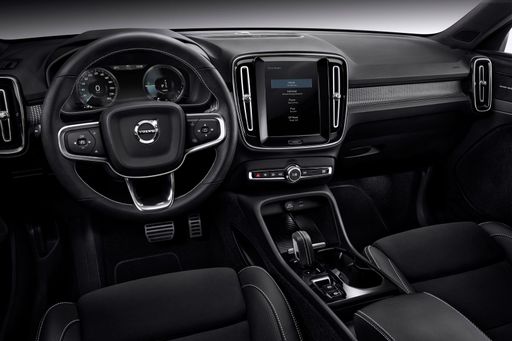 @ Volvo Cars
@ Volvo Cars
 @ Volvo Cars
@ Volvo Cars
 @ Honda Motor Co., Ltd.
@ Honda Motor Co., Ltd.
|
 @ Volvo Cars
@ Volvo Cars
|
|
|
|
Costs and Consumption |
|
|---|---|
|
Price
36800 - 40400 £
|
Price
36800 - 47200 £
|
|
Consumption L/100km
5.7 - 5.8 L
|
Consumption L/100km
6.50 L
|
|
Consumption kWh/100km
-
|
Consumption kWh/100km
-
|
|
Electric Range
-
|
Electric Range
-
|
|
Battery Capacity
-
|
Battery Capacity
-
|
|
co2
130 - 132 g/km
|
co2
147 - 148 g/km
|
|
Fuel tank capacity
57 L
|
Fuel tank capacity
54 L
|
Dimensions and Body |
|
|---|---|
|
Body Type
SUV
|
Body Type
SUV
|
|
Seats
5
|
Seats
5
|
|
Doors
5
|
Doors
5
|
|
Curb weight
1660 - 1710 kg
|
Curb weight
1688 kg
|
|
Trunk capacity
370 - 380 L
|
Trunk capacity
452 L
|
|
Length
4568 mm
|
Length
4425 mm
|
|
Width
1840 mm
|
Width
1863 mm
|
|
Height
1613 mm
|
Height
1652 mm
|
|
Max trunk capacity
1291 - 1312 L
|
Max trunk capacity
1328 L
|
|
Payload
440 - 455 kg
|
Payload
532 kg
|
Engine and Performance |
|
|---|---|
|
Engine Type
Full Hybrid
|
Engine Type
Petrol MHEV
|
|
Transmission
-
|
Transmission
Automatic
|
|
Transmission Detail
-
|
Transmission Detail
Dual-Clutch Automatic
|
|
Drive Type
Front-Wheel Drive
|
Drive Type
Front-Wheel Drive
|
|
Power HP
184 HP
|
Power HP
163 - 197 HP
|
|
Acceleration 0-100km/h
7.8 - 8 s
|
Acceleration 0-100km/h
7.6 - 8.6 s
|
|
Max Speed
173 km/h
|
Max Speed
180 km/h
|
|
Torque
315 Nm
|
Torque
265 - 300 Nm
|
|
Number of Cylinders
4
|
Number of Cylinders
4
|
|
Power kW
135 kW
|
Power kW
120 - 145 kW
|
|
Engine capacity
1993 cm3
|
Engine capacity
1969 cm3
|
General |
|
|---|---|
|
Model Year
2025
|
Model Year
2024
|
|
CO2 Efficiency Class
D
|
CO2 Efficiency Class
E
|
|
Brand
Honda
|
Brand
Volvo
|
What drivetrain options does the Honda ZR-V have?
The Honda ZR-V is available as Front-Wheel Drive.
The prices and data displayed are estimates based on German list prices and may vary by country. This information is not legally binding.
